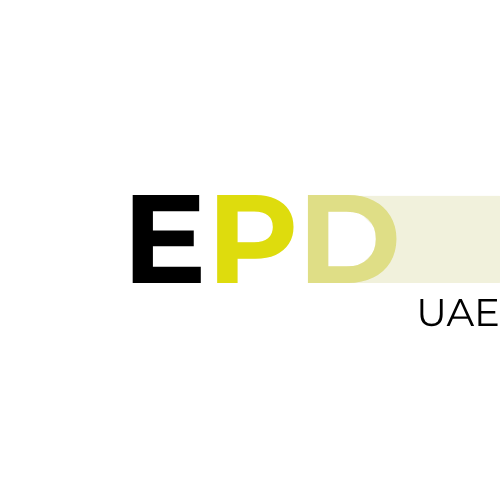As the global demand for sustainable construction practices grows, green building certification systems like Estidama (UAE) and Mostadam (Saudi Arabia) have emerged as essential frameworks for guiding and evaluating sustainable developments in the Middle East. These systems not only promote eco-conscious building design and operations but also recognize the value of Environmental Product Declarations (EPDs) in achieving transparency, material accountability, and long-term environmental performance.
Understanding how EPDs are integrated and scored within Estidama and Mostadam systems helps manufacturers, developers, and project teams better align their strategies with green building goals and gain competitive advantages in the region’s booming construction sector.
What Are Estidama and Mostadam?
Estidama is the sustainability framework developed by the Abu Dhabi Urban Planning Council, featuring the Pearl Rating System (PRS) to assess buildings based on energy, water, materials, and livability criteria.
Mostadam is Saudi Arabia’s national green building rating system, developed under the Ministry of Housing, and designed to align with the Kingdom’s Vision 2030. It focuses on residential and commercial buildings and emphasizes environmental performance, efficiency, and health.
Both systems incorporate material selection and transparency into their scoring criteria—making EPD certification a valuable asset.
The Role of EPDs in Estidama’s Pearl Rating System
Estidama places significant importance on the environmental impact of construction materials. Under the Materials category (MAT), particularly in the MAT-R2 and MAT-1 credits, projects are rewarded for using products with documented environmental profiles.
Key Points:
MAT-R2 (Responsible Sourcing of Materials):
Points are awarded when materials come with third-party environmental certifications, including EPDs. The more materials with EPDs used, the more credits a project can earn.Transparency & Documentation:
EPDs help meet the requirement for providing evidence of product impact over the full life cycle, aligned with standards like ISO 14025.Material Aggregation Approach:
Estidama evaluates materials by weight and volume. Therefore, using EPDs for major materials like concrete, steel, and insulation can significantly contribute to credit achievement.
The Role of EPDs in the Mostadam Certification System
Mostadam emphasizes material sustainability and transparency in the Materials and Resources (MR) section. EPDs are explicitly encouraged to demonstrate a product’s environmental profile and support performance-based selection.
Key Points:
Sustainable Product Scoring:
Mostadam awards points for using products with verified sustainability credentials—with EPDs listed as accepted documentation.Integrated Life Cycle Thinking:
Through EPDs, Mostadam enables project teams to incorporate Life Cycle Assessment (LCA) data into decision-making, encouraging low-impact product choices.Optimization Pathways:
In advanced scoring paths, Mostadam allows comparison of a product’s environmental footprint with industry benchmarks. Products with superior EPD-backed performance may yield additional points.
Why Are EPDs Rewarded in These Systems?
Both Estidama and Mostadam view EPDs as a way to:
Promote material transparency
Encourage life cycle thinking
Reduce the overall carbon footprint of buildings
Ensure product accountability through third-party verification
As such, EPDs serve as tangible proof that a product has been assessed for its environmental impact across all stages—from raw material extraction to disposal.
Benefits of Using EPD-Certified Products in Estidama & Mostadam Projects
Earn More Credits: Boost project scores in the materials category
Support Green Procurement Goals: Preferred by public and private sustainable projects
Improve Market Visibility: Products with EPDs are more likely to be specified by consultants
Meet Regulatory Expectations: Align with regional green policies and future requirements
Strengthen Project Branding: Demonstrates commitment to sustainability and transparency
Challenges to Consider
While EPDs are powerful tools, project teams may face:
Limited regional availability of EPD-certified products
Higher upfront costs for verified materials
Lack of awareness among some local suppliers and manufacturers
These can be addressed through education, incentives, and collaboration with EPD program operators.
Conclusion: Scoring with EPDs Matters More Than Ever
Both Estidama and Mostadam recognize that a product’s environmental performance is essential to sustainable development. EPDs not only contribute to certification points but also represent a shift toward greater transparency, responsible sourcing, and climate-resilient construction in the Middle East.
As these certification systems continue to evolve, EPDs will remain a key differentiator for materials and products aiming to meet the region’s ambitious sustainability goals.

